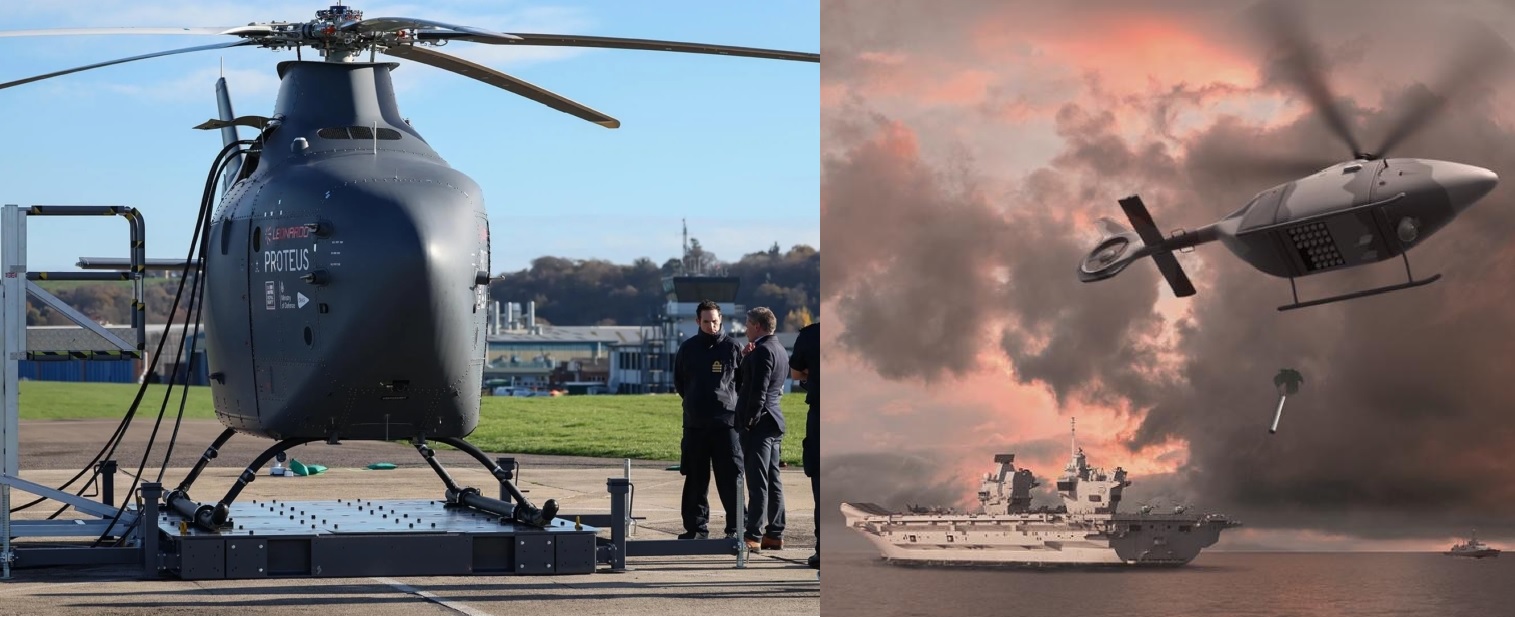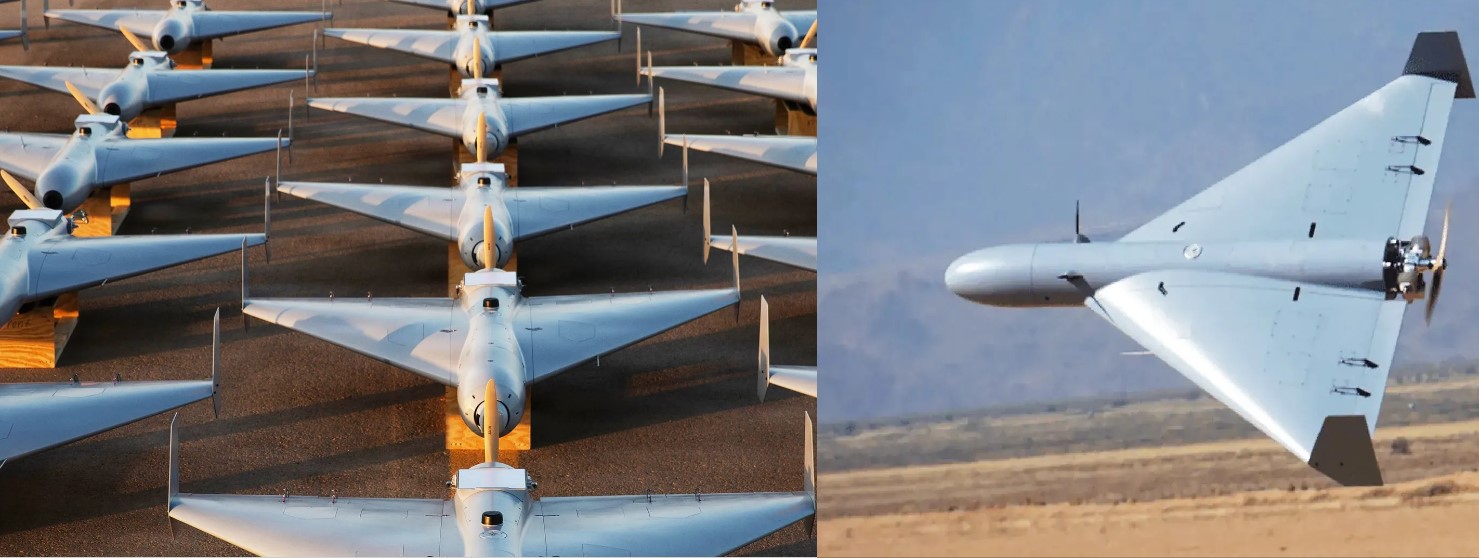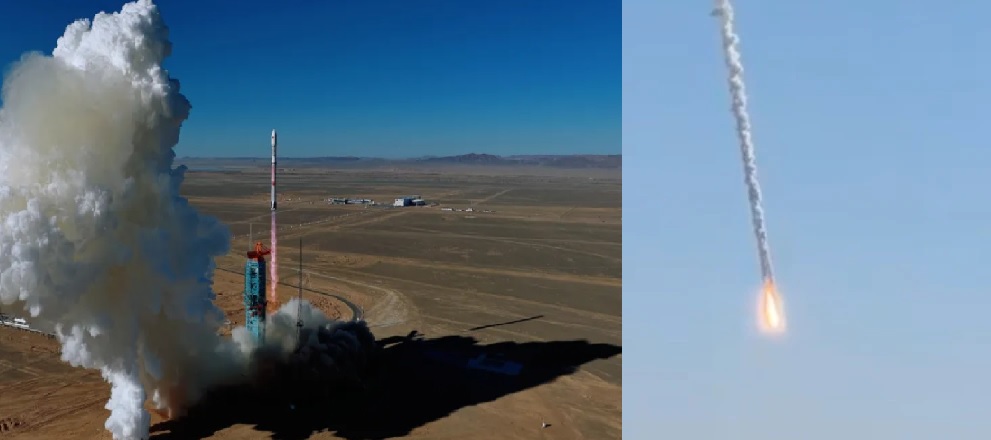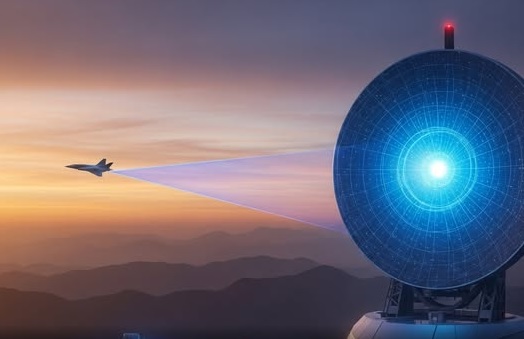Raytheon and U.S. Navy Complete First Live Test of AN/SPY-6(V)4 Radar
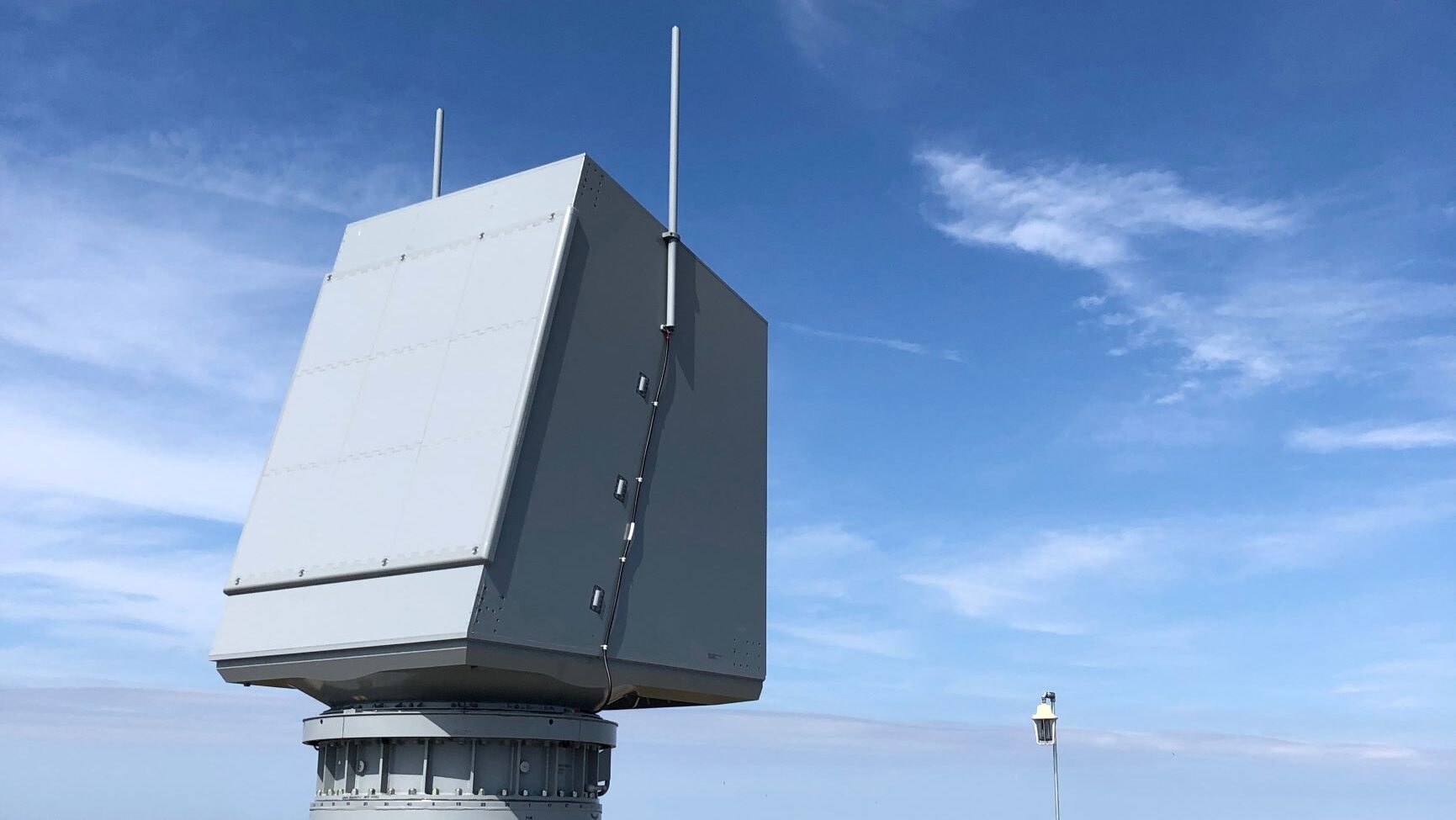
Hawaii, August 2025 – Raytheon, an RTX business, has successfully completed the first live maritime test of the AN/SPY-6(V)4 radar in cooperation with the U.S. Navy. The test was carried out at the Pacific Missile Range Facility in Hawaii, marking an important milestone in the development of the Navy’s most advanced radar family.
Successful Trials Over Open Water
During the open-water trials at the Advanced Radar Detection Laboratory, the radar was able to track both air and surface targets under a wide variety of environmental conditions. The tests validated years of computer-based modelling and simulation, and for the first time, produced a live data set for the (V)4 configuration. This data will now be used to further refine the radar ahead of upcoming trials and eventual deployment.
Barbara Borgonovi, president of Naval Power at Raytheon, said:
“The successful live demonstration of the SPY-6(V)4 radar is a major step forward in advancing the capabilities of today’s fleet and supporting allied operations worldwide. The radar will allow existing U.S. Navy Flight IIA Destroyers to significantly upgrade their detection and tracking capabilities, allowing sailors to more effectively monitor and respond to potential threats in real-time.”
About the AN/SPY-6(V)4
The AN/SPY-6(V)4 is the newest variant in the U.S. Navy’s SPY-6 Family of Radars, a scalable and modular radar system designed for air, surface, and ballistic missile defense.
Key features include:
-
Four Radar Module Assemblies (RMAs) fewer than the (V)1 variant, making it lighter and optimized for Flight IIA Arleigh Burke-class destroyers.
-
Simultaneous tracking of multiple types of threats, including ballistic missiles, cruise missiles, aircraft, and surface targets.
-
Advanced gallium nitride (GaN) technology, which improves power efficiency and range.
-
A modular, scalable design allowing integration across multiple ship classes.
The system leverages common hardware and software across variants, ensuring easy upgrades, lower life-cycle costs, and seamless integration with future platforms.
Strategic Role for the U.S. Navy
Over the next decade, the U.S. Navy plans to install the SPY-6 radar family on more than 60 ships, including Flight IIA and Flight III destroyers, aircraft carriers, and amphibious ships. By providing enhanced ballistic missile defense, air defense, and surface surveillance, the radar family is expected to dramatically improve the Navy’s layered defense against evolving threats.
The (V)4 variant in particular will give older Flight IIA Arleigh Burke-class destroyers capabilities approaching those of the newer Flight III ships, ensuring parity across the fleet and reducing vulnerabilities.
The success of this first live test is only the beginning of a series of planned evaluations for the AN/SPY-6(V)4. Future trials will focus on stressing the radar under more complex threat scenarios, including ballistic missile tracking and simultaneous multi-domain engagements.
With its advanced performance and adaptability, the SPY-6 radar family is set to become the backbone of U.S. naval radar capabilities, providing unmatched situational awareness and protection for American and allied forces across the globe.
✍️ This article is written by the team of The Defense News.
